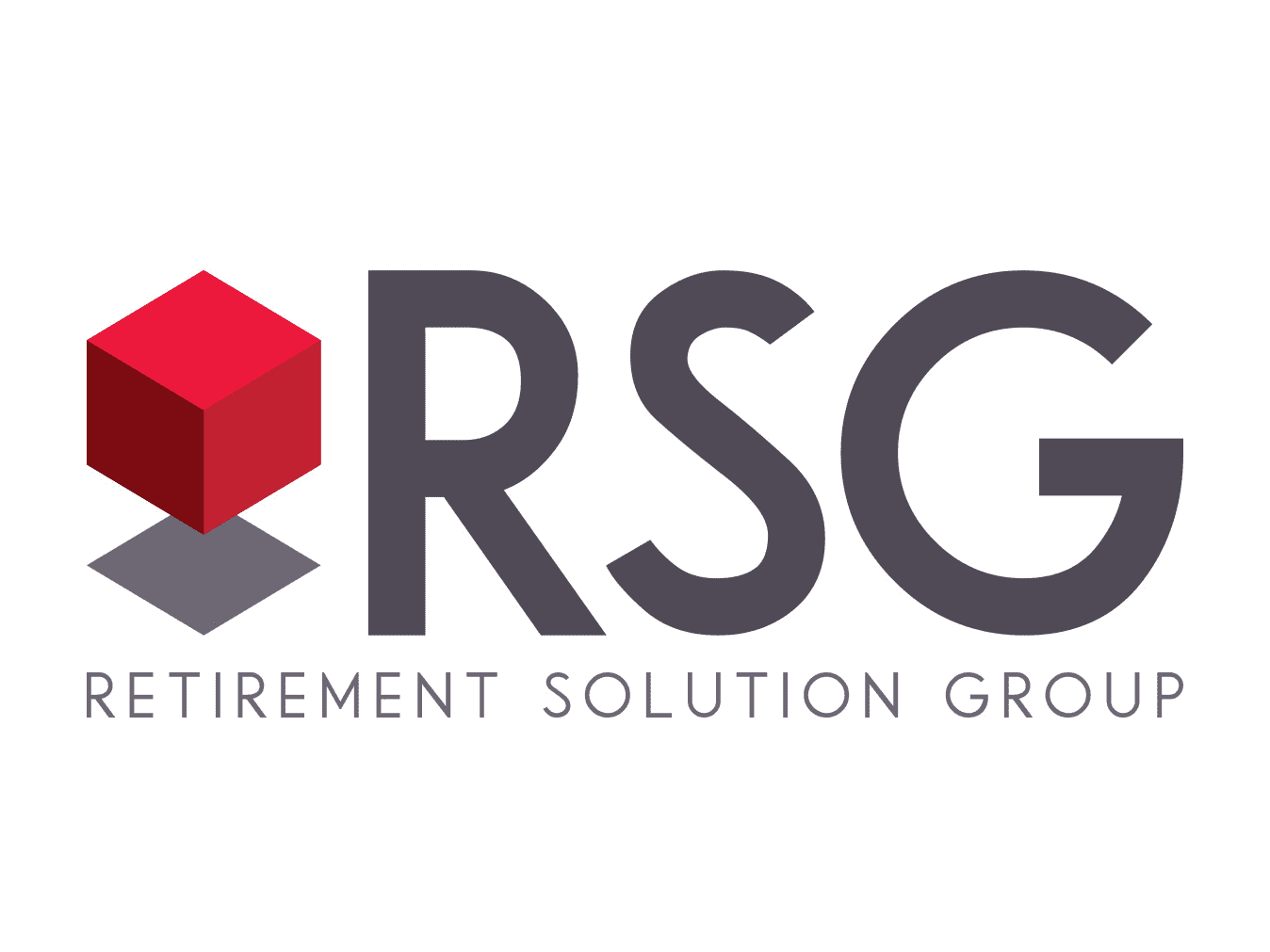Given the complexity and the multiple responsibilities associated with running a company retirement plan, Plan Sponsors should not hesitate to admit that the process can be overwhelming. Particularly, if they attempt to tackle it on their own. No matter the type of company or size of plan, building a Retirement Plan Oversight Committee which includes internal representatives who partner with an outside expert, is not only a best practice but a standard protocol recommended.
Acquiring the knowledge and understanding of all things retirement plan related should be an endeavor shared by more than one person. Forming a Plan Oversight Committee and establishing a process to follow creates efficiency and ensures proper Fiduciary oversight for compliance purposes. It also upholds the best interests of all employees. In exchange for their contributions, committee members gain invaluable acumen they can apply throughout their careers.
Understanding the Value of a Specialist
It’s fairly common with our clients that when an executive who has served on an oversight committee takes a new position at another company, they reach back out to RSG for help. The deep understanding they gain and collaboration with our advisors in making important decisions leaves them with a shared value of partnering with a retirement specialist. In general, other plans that set up and manage oversight committees are too few. We’ve seen individuals go into new workplace situations where, in comparison, the Plan and/or plan oversight is sub-optimal. Thankfully, we’re happy to take those calls.
This is story of an experienced HR Director who served on a plan committee when an M&A transaction prompted her to leave a start-up company which had been working with RSG for years, and find her new home at a technology based recruitment company. It was a good move for her. The new firm had a great growth story and a rapidly expanding team of talented employees, but a retirement plan with virtually no utilization. So what was she to do?
Wanting The Plan is the First Step
Even good intentions can create unexpected negative outcomes. In this case a few years prior, other executives at the HR Director’s new company determined that a retirement plan was needed to address their growth goals. They knew and believed that managing cost is essential. And since they were a tech company, they believed leveraging a tech-based solution made a lot of sense. I want to be clear these are good thoughts and fully prudent as fiduciaries.
The HR Director knew from her experience that addressing the Retirement Plan needed to be a major priority, particularly with low employee participation rates in the teens, and administration concerns. But especially because the company would be entering their first audit year. She leveraged her previous committee experience and talked with the executives, explaining what to anticipate in the upcoming audit. She also shared insights, based on financial wellness studies, on the long term implications of their people not utilizing the plan.
Forming An Oversight Committee Leads to Success
They decided to hire RSG as their fiduciary consultants and we formed a plan oversight committee immediately consisting of senior executives and a dedicated RSG team. Our first meeting objective was to discuss and agree on what plan success looked like and set the game plan that would get us there. Those discussions yielded a multi-phase improvement strategy with a series of short-term wins that built up to a solid long-term benefit. It looked like this:
Phase 1: The committee wanted to make the plan they had more effective, attractive to employees and efficient.
- We cleaned up and expanded the investment lineup.
- We significantly shortened employee eligibility to align better with start dates.
- We turned on auto-enrollment and auto-escalation.
- We assessed the online technology-based recordkeeper to see what features were not being leveraged. For example, they had access to templates for employee communications on specific plan health topics.
Phase 2: RFP the plan once we surpassed $1 million in assets and saw increased flow, participation and average participant balance. We knew these improved plan health metrics would optimize our search from a pricing perspective.
- We looked at 4 vendors who had different value propositions and different pricing models, but all provided service and support features that were appropriate for our young and tech-savvy participant base.
Phase 3: Finally, the committee selected a new provider that we collectively felt was more appropriate for current employees, attracted new hires and raised the profile of the retirement plan to reflect a valued benefit and meaningful part of company culture.
- Vendor selection occurred with an industry leader.
- More participant costs were redirected back to the sponsor.
- 360 payroll, more connectivity to the benefits portal and other key integration items were addressed.
Collaboration Makes A Difference
These changed didn’t happen overnight. But because we had an advocate that understood the value of an oversight committee, there was a real fiduciary process with a clear vision and plan to get there. This journey was a two-year process requiring us to adapt along the way, at first to the hyper growth, and then to the pandemic challenges that impacted this client. And we got there, together.
The journey to finishing exactly where they wanted was driven by their business needs and committee collaboration with a supportive advisory and consulting team who could give them steady wins throughout. The results, in case you are curious, is that more than 90% of the employees now participate in the retirement plan. That’s a win for the company, and it’s employees. And a big thanks to a well informed HR Director.
